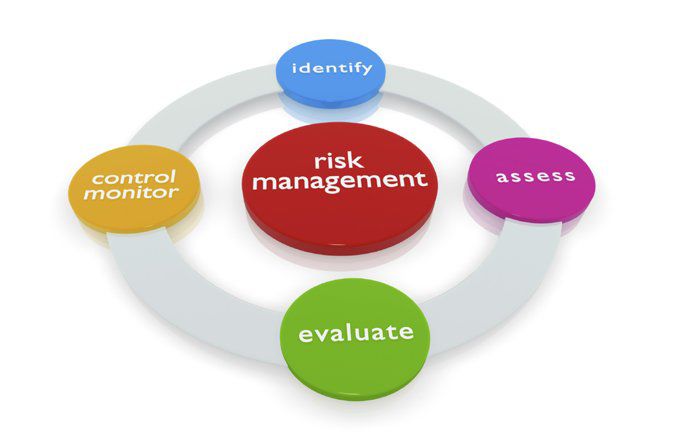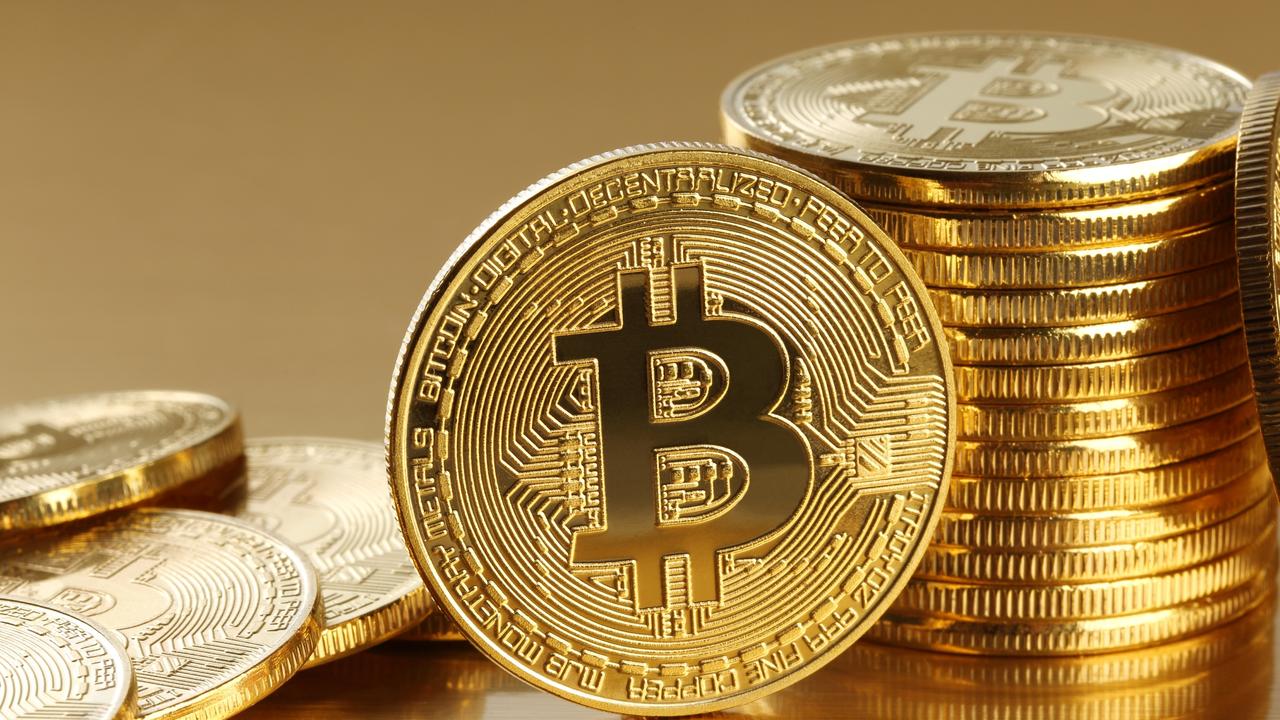Investment Strategies for Surviving Bubbles & Crashes
Master the Art of Navigating Market Turbulence! Top Investment Strategies for Surviving Bubbles & Crashes Revealed. Don't Miss Out!

Navigating the Storm The Impact of Financial Bubbles and Market Crashes on Personal Investment Strategies
Financial markets are a complex and often unpredictable ecosystem, subject to the ebbs and flows of economic forces, investor sentiment, and a myriad of external factors. Two phenomena that have left an indelible mark on the history of financial markets are financial bubbles and market crashes. These occurrences can significantly impact personal?investment strategies, often serving as powerful lessons in the world of finance. In this article, we will delve into the intricacies of financial bubbles and market crashes, explore their historical significance, and discuss the profound impact they have on personal investment strategies.
Understanding Financial Bubbles
A?financial bubble?is a situation in which the price of an asset or group of assets significantly exceeds its intrinsic value. This disparity between price and value creates a speculative frenzy, as investors rush to buy these overvalued assets in the hopes of selling them later at an even higher price. Bubbles are typically fueled by irrational exuberance, excessive optimism, and a herd mentality among investors.
Historical Examples of Financial Bubbles
The Tulip Mania (1636-1637): One of the earliest recorded financial bubbles, the tulip mania in the Dutch Republic saw the prices of tulip bulbs soar to astronomical levels before crashing spectacularly. Investors who had once believed that tulip bulbs were a ticket to wealth found themselves facing ruin when the bubble burst.
The Dot-Com Bubble (late 1990s): The rapid rise of internet-related companies led to a speculative frenzy, with investors pouring money into any company with a ".com" in its name. When the bubble burst in 2000, many tech stocks lost over 90% of their value.
The Housing Bubble (mid-2000s): A surge in housing prices, fueled by risky lending practices and a belief that real estate values could only go up, led to the global financial crisis of 2007-2008. When the bubble burst, millions of homeowners faced foreclosure, and the global economy was plunged into a severe recession.
The Impact of Financial Bubbles on Personal Investment Strategies
Greedy Behavior: During a financial bubble, it is easy to get caught up in the euphoria of rising asset prices. Investors may abandon their long-term investment strategies in favor of quick profits, leading to impulsive and often ill-considered decisions.
Overvaluation: Investors who buy into a bubble are often left holding assets that are significantly overvalued. When the bubble bursts, the market corrects itself, causing substantial losses for those who bought at inflated prices.
Loss of Trust: Bubbles erode trust in the?financial system?and can leave investors feeling disillusioned. This loss of trust can have a lasting impact on personal investment strategies, making investors more cautious and risk-averse in the future.
Lesson in Risk Management: Financial bubbles serve as a stark reminder of the importance of risk management in investment strategies. They highlight the need for diversification and a focus on the long-term fundamentals of investments rather than short-term speculation.
Market Crashes: The Fallout from Bubbles
Market crashes often follow the bursting of financial bubbles, and they can be characterized by sharp and severe declines in asset prices. Market crashes can be triggered by various factors, including economic downturns, geopolitical events, and sudden shifts in investor sentiment.
Historical Examples of Market Crashes
The Great Depression (1929): The stock market crash of 1929 is one of the most infamous market crashes in history. It marked the beginning of the Great Depression and resulted in widespread unemployment and economic hardship.
Black Monday (1987): On October 19, 1987, global stock markets experienced a sudden and severe crash, with the Dow Jones Industrial Average falling by over 22% in a single day. The causes of this crash are still debated among economists and experts.
The Global Financial Crisis (2008): Triggered by the bursting of the housing bubble, the 2008 financial crisis led to a worldwide market crash. Major financial institutions collapsed, and governments had to intervene with massive bailouts to prevent a complete economic collapse.
The Impact of Market Crashes on Personal Investment Strategies
Fear and Panic: Market crashes can induce fear and panic among investors. Those who have not adequately prepared for such events may be tempted to sell their investments at a loss in a desperate attempt to preserve capital.
Long-Term Perspective: Investors who have experienced market crashes are often more likely to adopt a long-term perspective in their investment strategies. They recognize that market downturns are a natural part of the investment cycle and that patience is key to recovering losses.
Portfolio Reevaluation: Market crashes prompt investors to reevaluate their portfolios and risk tolerance. This can lead to a more balanced and diversified approach to investing, which is better suited to withstand market volatility.
Seeking Safe Havens: Some investors turn to safe-haven assets like gold, bonds, or stable dividend-paying stocks during market crashes. These assets may provide a buffer against the worst effects of a market downturn.
The Role of Behavioral Psychology
Behavioral psychology plays a significant role in the impact of financial bubbles and market crashes on personal investment strategies. Behavioral biases, such as fear and greed, can lead investors to make irrational decisions during times of market exuberance or distress.
Herd Mentality: The fear of missing out (FOMO) often drives investors to follow the crowd during a bubble, leading to overvalued assets. Conversely, the fear of losing out (FOLO) can lead to panic selling during a market crash.
Loss Aversion: Investors tend to feel the pain of losses more intensely than the joy of gains. This loss aversion can lead to hasty decisions to sell during a market crash, locking in losses that might have been avoided with a longer-term perspective.
Confirmation Bias: Investors may seek out information that confirms their preexisting beliefs about a bubble or a crash, reinforcing their decisions even when evidence suggests otherwise.
Adapting Investment Strategies
In light of the impact of financial bubbles and market crashes, it is essential for individuals to adapt their investment strategies accordingly. Here are some key considerations:
Diversification: Diversifying a portfolio across different asset classes can help spread risk. Diversification may include a mix of stocks, bonds, real estate, and alternative investments.
Risk Management: Having a clear understanding of risk tolerance and setting stop-loss orders can mitigate the impact of market downturns.
Long-Term Focus: A long-term perspective can help investors weather the storm during market crashes and benefit from compounding over time.
Education: Staying informed about?financial markets, economic indicators, and historical market cycles can empower investors to make more informed decisions.
Professional Advice: Consulting with financial advisors or professionals can provide valuable insights and guidance tailored to individual financial goals and circumstances.
Financial bubbles and market crashes are intrinsic features of financial markets. While they can be tumultuous and unsettling, they also offer valuable lessons for personal investment strategies. Investors who learn from the past are better equipped to navigate the challenges presented by these phenomena. By understanding the role of behavioral psychology, diversifying portfolios, and maintaining a long-term focus, individuals can position themselves to not only survive but thrive in the ever-changing landscape
What's Your Reaction?
















